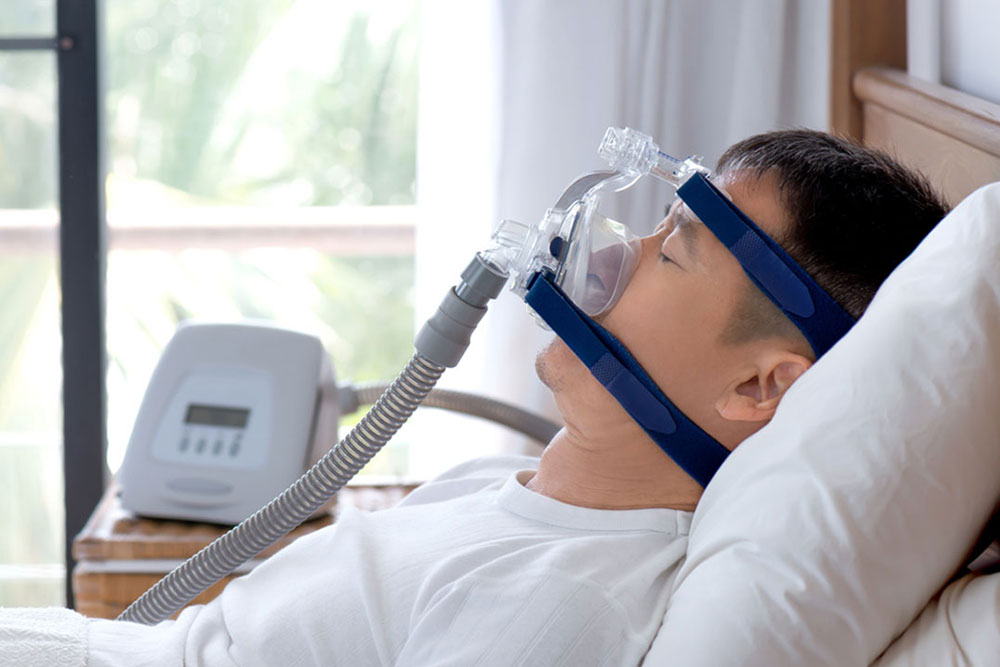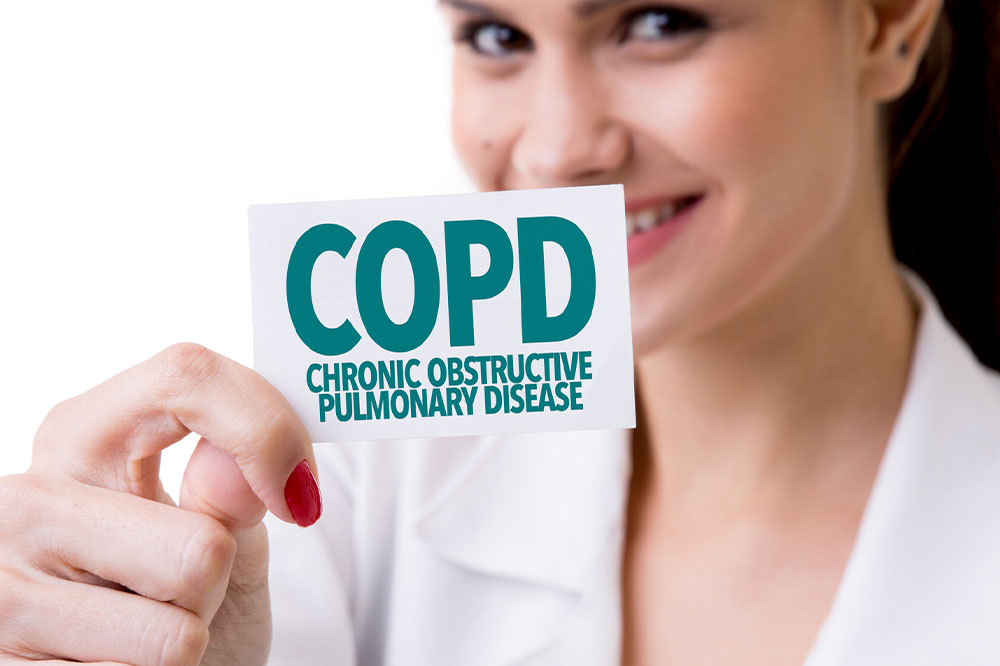Respiratory disorders – an overview
The respiratory function is carried out by specialized organs. These organs consist of an air intake, the nose, a pre-warming and filtering area, the sinuses and an opening into the mouth, the pharynx, the larynx or the voice box and the trachea. The trachea divides into two at its lower end into the bronchi which in turn enters the respective lungs. Each bronchus subdivides into bronchioles and further into alveoli which are then walled bags likes bunches of grapes.

Transfer of oxygen into the blood and carbon dioxide into the air happens passively by diffusion. The act of respiration generally takes place passively and is involuntary most of the time and is an automatic affair. The muscular wall that separates the thoracic cavity from the abdomen, the diaphragm, flattens increasing the volume of the chest cavity thus reducing the pressure. The pressure difference between the outside and the chest cavity makes to rush in. Expiration happens when the diaphragm contracts pushing it into the chest.
Respiratory disorders
Respiratory disorders are classified into two different categories depending on which part of the system is affected as upper respiratory tract and lower organs. The upper tract consists of the organs up to the beginning of the trachea. The other classification is based on the cause of the disorder as ‘Obstructive’ conditions and ‘Restrictive’ conditions, and ‘Vascular’ diseases. Obstructive diseases are asthma, bronchitis and emphysema. Restrictive conditions are sarcoidosis, fibrosis, alveolar damages pleural effusion and vascular conditions are pulmonary edema, pulmonary hypertension, pulmonary embolism.
The other diseases are of nerves and muscles of respiration, cancer and diseases caused by infections and environmental factors.
COPD (Chronic Oppressive Disease) – Chronic irritation of the lungs leads to the whole of the disorders under this group. One can acquire any one or more of the conditions at the same time. Constant irritation leads to the chronic constriction of the air passages.
Chronic bronchitis – Any irritant reaches the lower respiratory tract it will cause the bronchi and lower tracts to secrete mucus. Generally, cough follows and throws out the mucus along with the irritants.
Emphysema – Emphysema is the result of the breakingdown of the alveoli reducing the area for gas exchange.
Asthma is the periodic constriction of the bronchi and bronchioles making breathing difficult. Infections can be viral or bacterial. Alveoli gets filled with fluid and gas transfer reduces. Out of control cases can be fatal.




